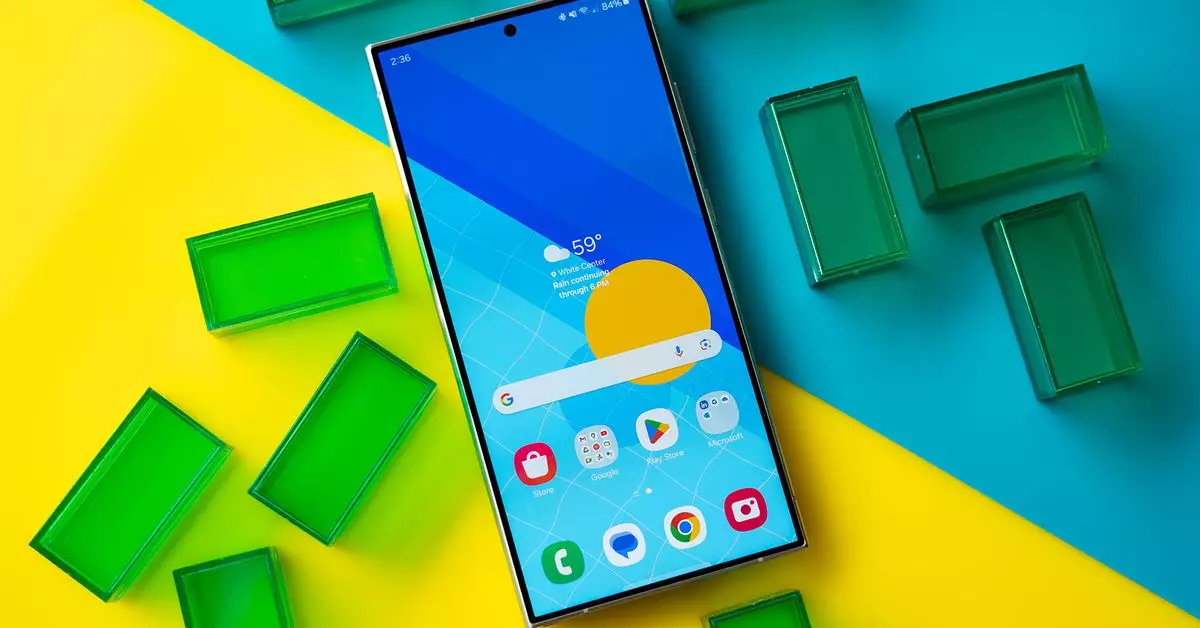Cyber Monday has transformed remarkably over the years, transcending its once-clear boundaries of a single day of shopping following Black Friday. This shift has been particularly evident in recent years, and the unique circumstances of a late Thanksgiving in the United States have accentuated the fluidity with which consumers approach holiday shopping. In this new era of shopping, defined more by trends than timelines, buyers now have the luxury of browsing and purchasing discounted tech goods whenever it suits their schedules.
Gone are the days when Cyber Monday represented a frantic rush to grab the best deals from retailers before supplies ran dry. Today, the phenomenon has evolved into a prolonged experience, where discounts begin surfacing weeks ahead of the traditional Black Friday and extend well beyond Cyber Monday itself—almost creating what can be described as a “shopping season.” Such continuity makes it easier for consumers to shop without the pressure of a ticking clock. With retailers running gradual promotional events, shoppers can take their time and make informed decisions regarding their tech purchases, improving the overall shopping experience.
The innovations in mobile technology deserve special attention. Consumers can find remarkable devices that highlight the best advancements the market has to offer. For example, Apple’s second-generation AirPods Pro has created a buzz with significant enhancements in sound quality and noise cancellation capabilities. The inclusion of a USB-C charging case is a deliberate nod to evolving user needs, as the tech world gradually veers away from the Lightning connection. Such shifts are not just significant for Apple product enthusiasts; they mark broader trends in the industry.
However, Apple is not the only one making waves. The smartphone sector has also exploded with options like Samsung’s Galaxy S24 Ultra, which combines superior camera capabilities, a stunning display, and enhanced stylus utility—a perfect representation of what consumers expect from high-end smartphone experiences. Another notable mention is the Galaxy Z Flip 6, which appeals to trendsetters eager for sleek, foldable designs and high-performance specs. The introduction of a 50-megapixel camera sensor to the Z Flip has garnered excitement among photography aficionados, setting a new standard for portable photography.
Shoppers looking for deals can easily navigate through numerous platforms. The appeal of discounted smartphones—like the Galaxy A35 5G retailing at under $300—makes a strong case for budget-conscious consumers. It boasts an IP67 rating for water and dust resistance, showcasing that affordability does not necessarily mean sacrificing durability or performance. Google’s Pixel 9 has also made headlines for its enhanced features, which is indicative of how tech companies are competing fiercely in the crowded market.
Moreover, promotions from service providers like Verizon and AT&T highlight the lucrative nature of trade-in deals. With offers up to $1,000 off devices when trading in older models, consumers are tempted to upgrade to the latest technology while minimizing financial strain. Such incentives have made significant differences in buyer behavior, with customers realizing that waiting for the right deal can save them a considerable amount of money.
As much as the focus remains on smartphones and their capabilities, the market for accessories has grown just as vital. Products such as the versatile Qi2 charging pads and compact power adapters are essential in a time when users prioritize convenience and efficiency. These accessories are no longer mere add-ons; they are integral to enhancing user experiences and supporting efficient mobile lifestyles.
Furthermore, brands are pushing boundaries to create multifunctional devices to cater to a variety of needs. For instance, Moft has combined a phone stand and wallet into a single solution, appealing to minimalist consumers seeking to declutter their lives. Discounts on these accessories during the holiday shopping season further emphasize the shift toward accessories as essential components of the tech ecosystem.
As Cyber Monday blurs the lines of its defined day, the shopping landscape is now characterized by flexibility and convenience. With a plethora of discounted products readily available, consumers can navigate through a wealth of options without the urgency that once dominated holiday shopping experiences. We are witnessing a landscape where both high-end gadgets and essential accessories hold equal merit, marking a pivotal moment in tech consumption. As we look forward, the evolution of consumer behaviors in response to these shifting dynamics will undoubtedly shape how the tech world operates in years to come. The redefining of Cyber Monday stands as a testament to our demand for adaptability in shopping practices—one that will be embraced by both retailers and consumers alike.

